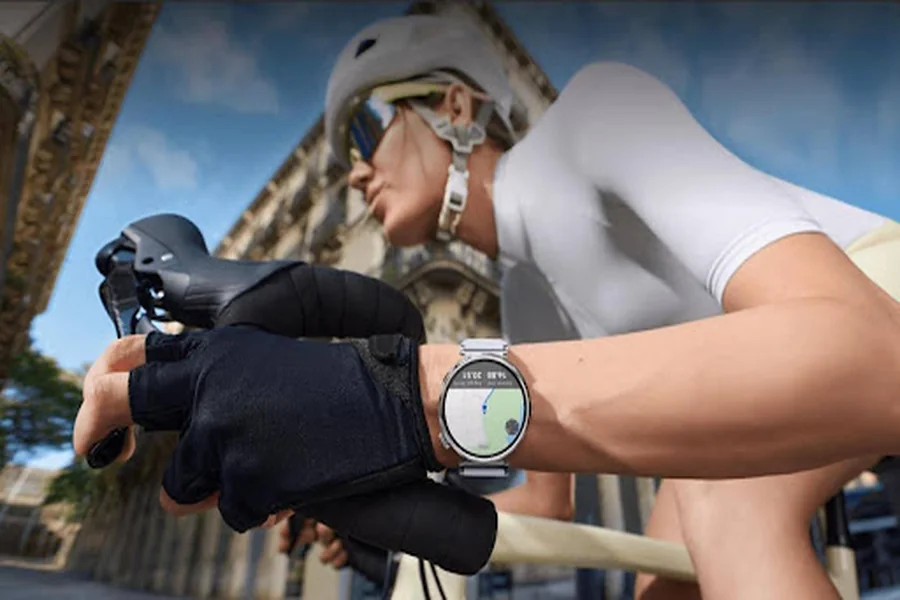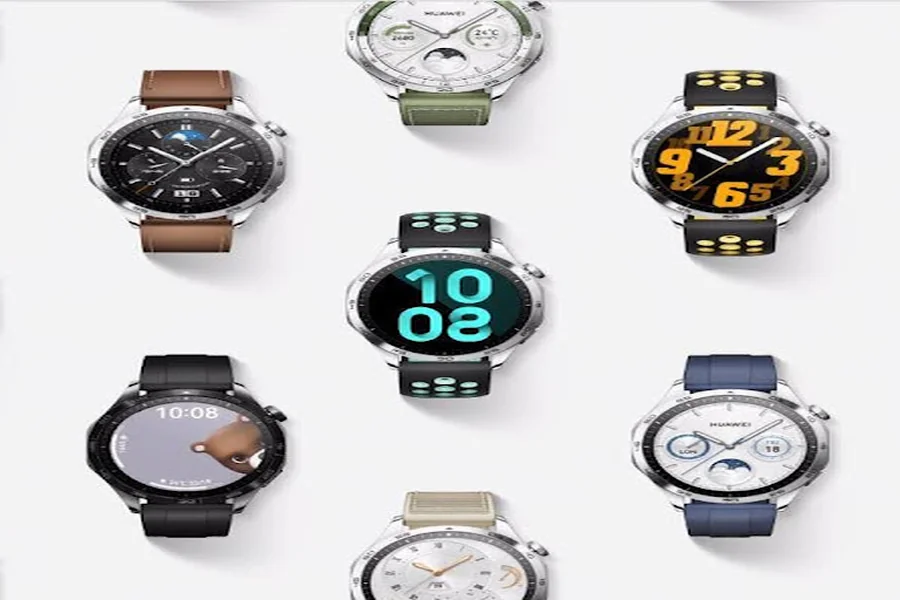Smartwatches can do more than count steps or ping notifications; they can guide everyday sustainability. By blending sensors, reminders, and bite-size insights, these wearables translate abstract environmental goals into practical actions you can take right now. They prompt low-carbon travel, help organize energy-aware routines, and reduce waste through digital substitutes. Because a watch is always on your wrist, it keeps eco-friendly intentions visible when choices actually occur. Instead of one-time resolutions, you build small, repeatable behaviors that add up. This article explains how smartwatches raise environmental awareness, shape habits, and maintain momentum so that sustainable living becomes simpler, measurable, and rewarding. We examine features, benefits, and realistic limits users face.
Smartwatches as Environmental Awareness Tools
Active Transport and Low-Carbon Mobility
Smartwatches turn diffuse environmental concerns into clear, personal signals you can act on. Small screens favor concise prompts that connect choices with impact: a nudge to walk instead of drive, a summary of weekly active minutes that replaces a short car trip, or a vibration reminding you to disembark one bus stop early. Location and motion data help estimate avoided emissions when you choose active transport. Because feedback arrives at the decision point—when you leave home, approach an elevator, or open a rideshare app—the cue-to-action gap shrinks. Over time, these immediate, context-aware reminders cultivate carbon awareness without lectures or guilt. The watch reframes time and distance as opportunities for low-carbon movement, so sustainability feels like a series of achievable, everyday wins rather than a distant, abstract ideal.
Energy-Aware Routines at Home and Work
Energy awareness begins with attention. Smartwatches support attention by surfacing small, repeated choices that shape household demand. Morning prompts can suggest opening blinds before switching on lights, adjusting a thermostat by a degree, or timing appliance use to off-peak periods if your utility offers time-of-use rates. Hydration and recovery reminders indirectly reduce unnecessary laundry or hot-water use by promoting smarter workouts and rest. Complications on the watch face can track local weather, sunrise, and indoor temperature, which encourages natural lighting and ventilation. By aligning routine cues with comfort, smartwatches make efficiency feel like self-care, not sacrifice. Users who log goals—like three line-dry days per week—turn conservation into measurable progress, building momentum that extends from home to office. For renters or office workers who cannot change equipment, these behavioral tweaks provide a path to lower demand without upfront costs.
Waste Reduction and Digital Minimalism
Paper planners, sticky notes, and printed itineraries once organized daily life; smartwatches offer digital alternatives that trim waste at the source. Wrist-based reminders replace disposable lists, calendar invites supplant printed memos, and mobile payments shrink receipts. Even subtle features matter: timers reduce overcooking and food waste; shopping checklists curb impulse purchases that inflate footprints. Focus modes limit notification clutter, which lowers screen time and unnecessary device charging. While each substitution seems small, repeated replacements compound. By helping you do more with less—less paper, less packaging, less idle scrolling—the smartwatch supports a practical minimalism. The result is a quieter, lighter routine that conserves materials while simplifying your mental load. Meal-planning reminders placed before shopping trips cut duplicate purchases and spoiled produce. Quiet hours curb late-night doomscrolling that extends device use.
Motivation, Data, and Community Impact
Feedback Loops and Carbon Literacy
Data turns good intentions into learning. Smartwatches visualize trends—steps walked instead of driven miles, weekly active minutes, and even consistent sleep that reduces energy-hungry late nights—to create a narrative of progress. Charts, streaks, and milestones nurture what researchers call carbon literacy: the ability to read your impacts and choose better. When you see Tuesday’s commute emissions drop after switching to the train and walking the last quarter mile, you connect actions with outcomes. The watch’s micro-analytics make environmental cause and effect feel immediate, which motivates sustained change. Over quarters and seasons, these dashboards reveal plateaus and rebounds, helping you recalibrate goals without abandoning them. In this way, feedback loops convert sporadic efforts into durable, adaptive habits. Seasonal comparisons reveal how weather shifts affect your routines, prompting you to pre-commit to greener defaults before busy periods.
Habit Formation and Nudge Design
Sustainable habits thrive when friction is low and rewards are visible. Smartwatches excel at both. Pre-set reminders cue refillable bottle use before you leave, guide you to pack a tote, or prompt you to plan a walking route. Haptic confirmations and streak counters deliver instant reinforcement. Over time, the device becomes your personal coach for tiny, repeatable wins—exactly the kind that shift baselines. Midday stand alerts double as prompts to take the stairs; recovery cues encourage gentle evening walks instead of short, fuel-consuming errands. Mention of the huawei watch gt6 often arises in this context: people value structured, non-intrusive prompts that build rhythm without nagging. The key is rhythm—small beats of action that, strung together, compose a sustainable lifestyle you can actually maintain. If you miss a cue, soft retries appear later, avoiding alarm fatigue. Flexible pacing protects motivation, because sustainable change depends more on consistency than intensity.

Collective Challenges and Social Norms
Behavior spreads through groups. Smartwatches enable opt-in challenges—walk-to-work weeks, meatless-Monday streaks, or community cleanups—that convert sustainability into a shared game. Friendly competition and cooperative goals reinforce social norms more powerfully than solitary effort. Sharing badges or weekly summaries inside a family or team creates accountability without pressure; you celebrate momentum rather than perfection. Geofenced reminders can suggest neighborhood recycling hours or local farmers’ markets when you are nearby, connecting individual action with place-based opportunities. When communities align around easy, trackable actions, each person’s contribution feels meaningful, and the combined impact becomes visible. This collective dimension matters: it turns private choices into a supportive culture that welcomes newcomers and sustains veterans alike. Teams can link small rewards to shared goals, like coffee walks instead of delivery, reinforcing identity around greener norms.
Conclusion
Smartwatches play an expanding role in guiding eco-friendly lifestyles. They make environmental awareness visible by tracking carbon-friendly habits, reducing waste, and promoting sustainable travel. They also shape behaviors by encouraging mindful consumption, energy efficiency, and lasting green routines. While they cannot solve climate challenges alone, their constant presence ensures that sustainability goals remain front of mind in daily life. Smartwatches cannot do everything, but they can help you do something, every day. Small results accumulate steadily.







